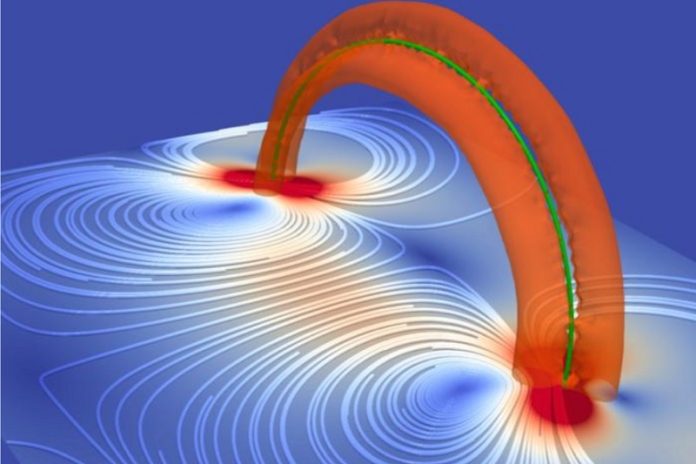
In a recent breakthrough, a team of scientists, led by Professor Makoto Tsubota and Assistant Professor Satoshi Yui from Osaka Metropolitan University, along with their peers from Florida State University and Keio University, have solved a long-standing scientific mystery.
They’ve explored the weird and wacky world of liquid helium-4. But why is it so special?
Helium-4, when super-chilled to temperatures close to absolute zero (-273°C), becomes what we call a ‘superfluid.’
It’s pretty much like the superhero of liquids, possessing unique and exciting features, including a swirling feature called a ‘quantized vortex.’
This isn’t your everyday whirlpool, it’s a little tornado within the liquid resulting from its quantum properties.
But there’s a catch! When the temperature of helium-4 rises slightly (but still remains super-cold), parts of it transform into a ‘normal fluid.’
Just like when superheroes face off, there’s friction between the vortex and the normal fluid, especially when the vortex is moving.
However, explaining how this clash happens isn’t easy. Several theories were presented, but it was hard to tell which one was right. So, this super-team of scientists set out to solve the mystery.
Using powerful computers and super cool (literally) experiments performed by their friends at Florida State University, they found that the best fitting model is one that accurately considers changes in the normal fluid and the detailed interaction, or mutual friction, between the two.
Professor Tsubota, who’s been fascinated by this topic for 40 years, expressed his excitement, “This interaction has been a great mystery since I began my research in this field 40 years ago.”
He acknowledged the crucial role of advances in technology, which allowed them to handle this complex problem and achieve this breakthrough.
Just like in a detective story, patience, team collaboration, and technological advancement led to the solution of a 40-year-old scientific riddle.
So next time you learn about states of matter in class, remember, it’s not just solid, liquid, and gas, there’s also something called superfluid, and it’s super cool!
Their findings were proudly published in the journal Nature Communications.



